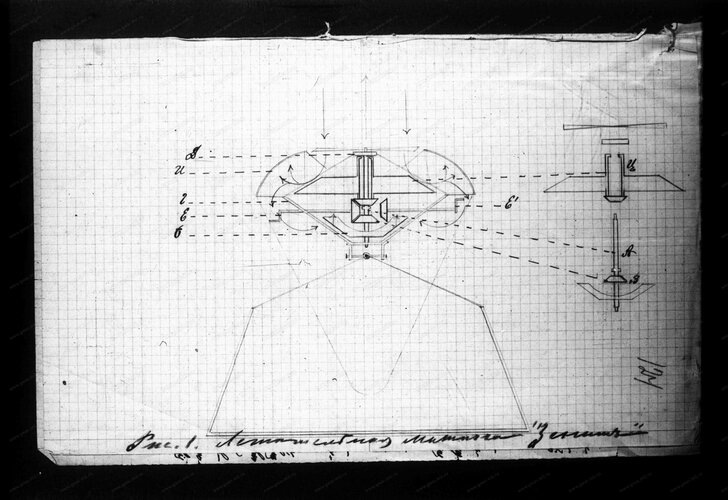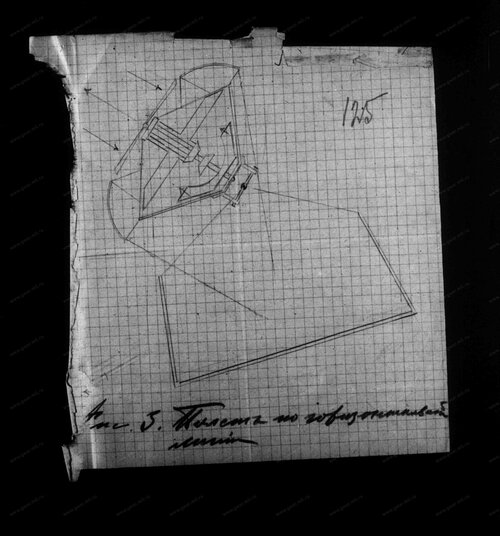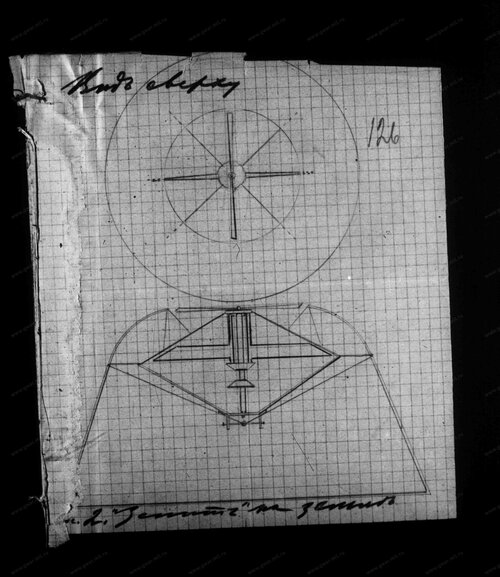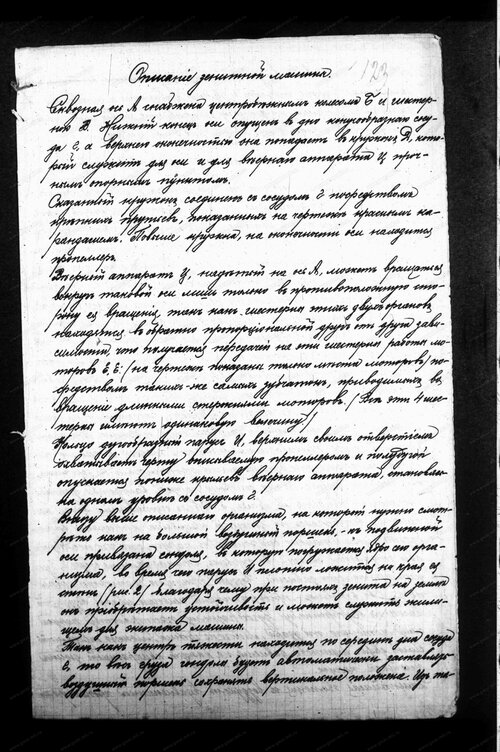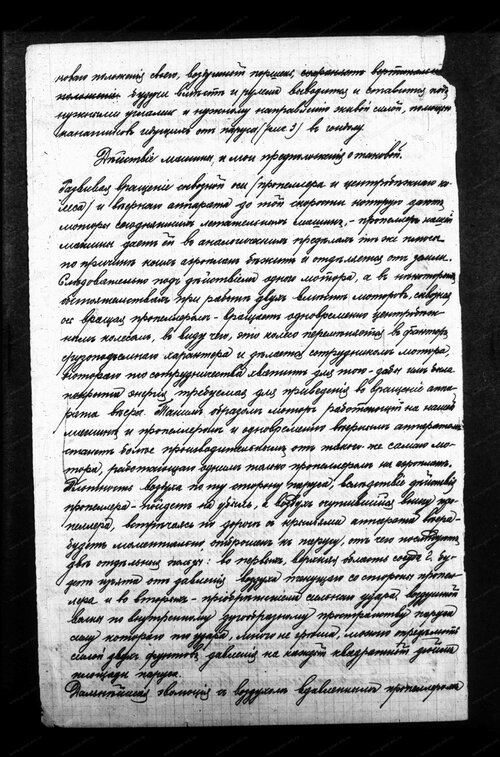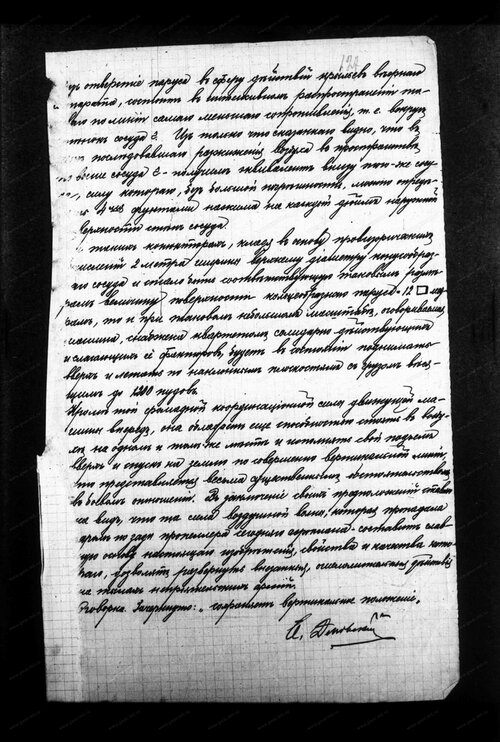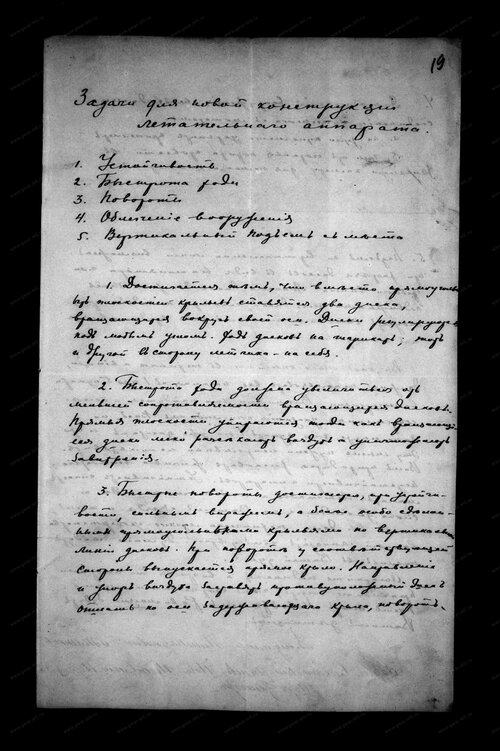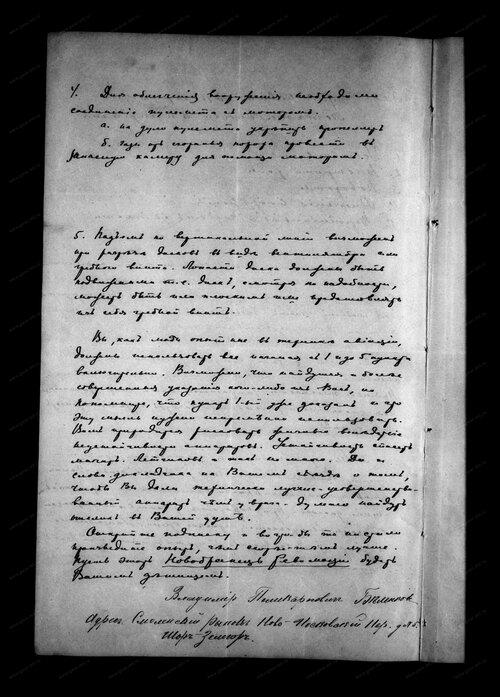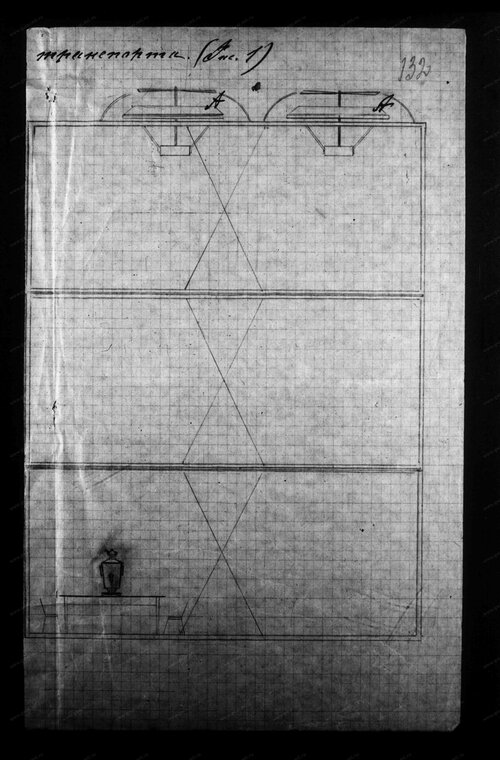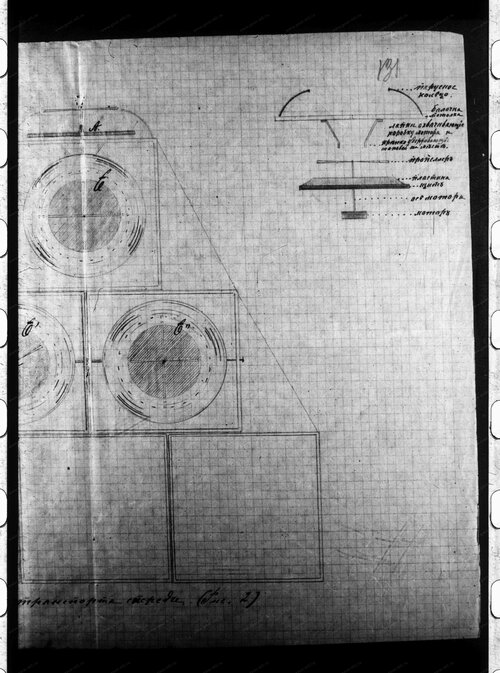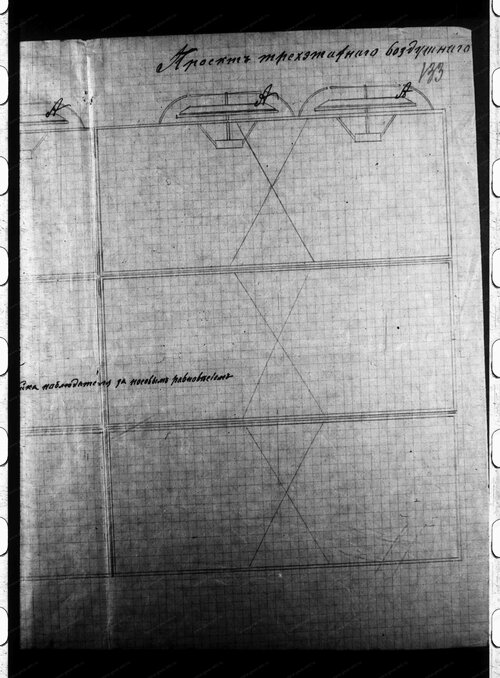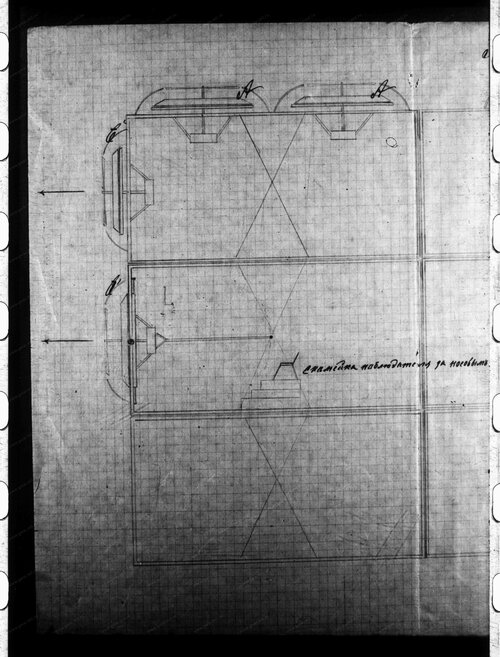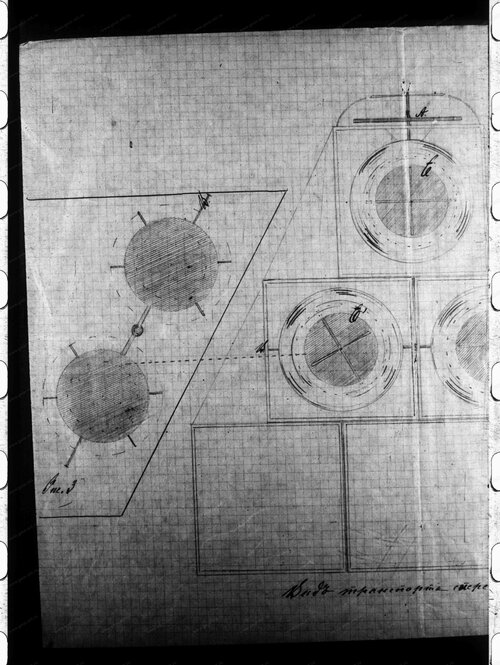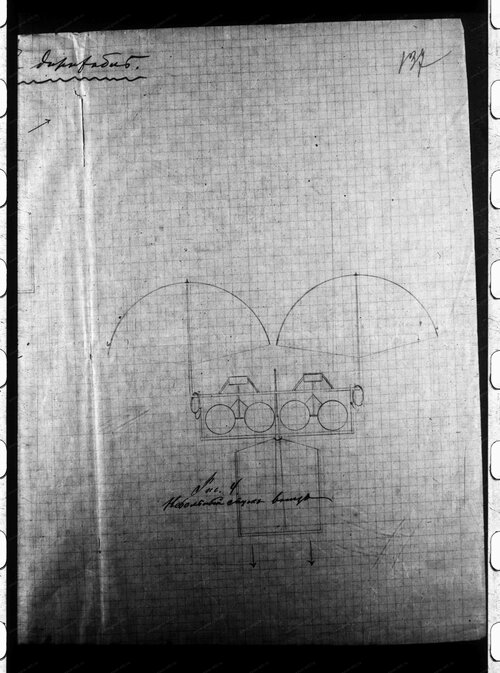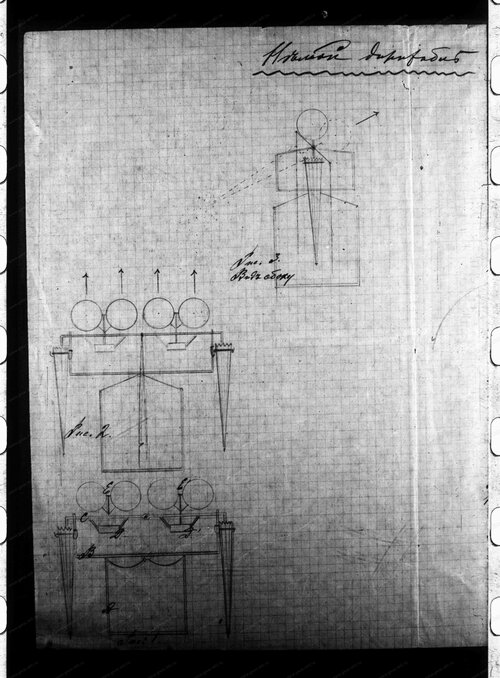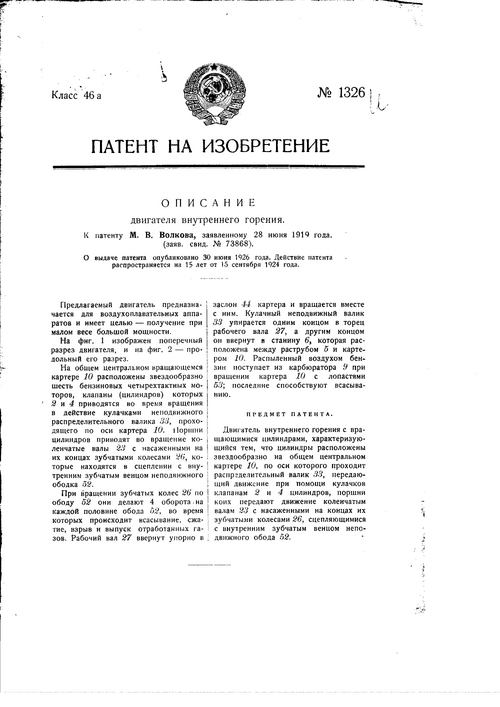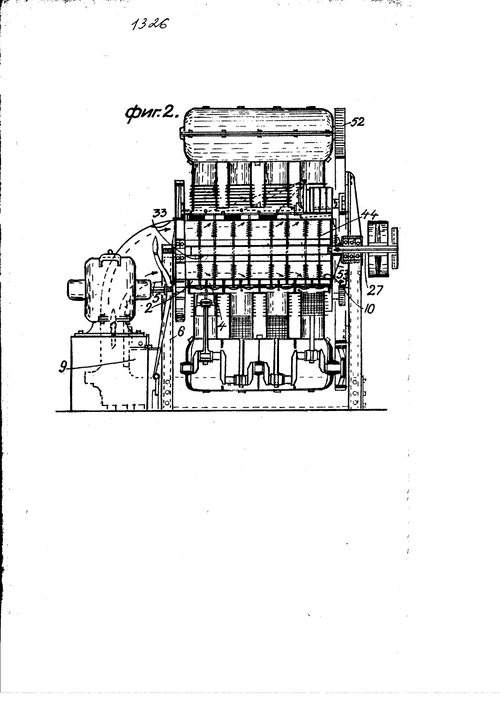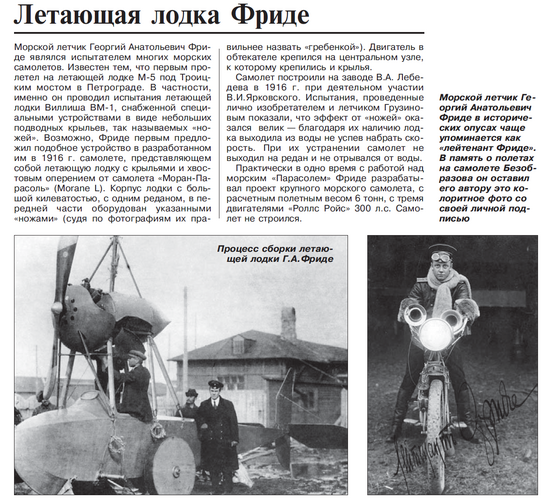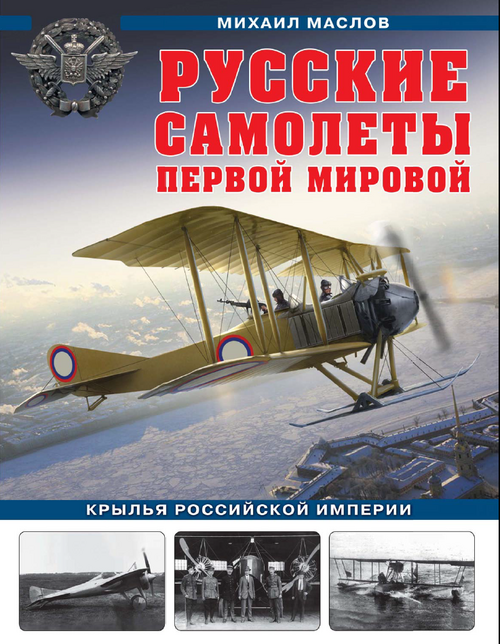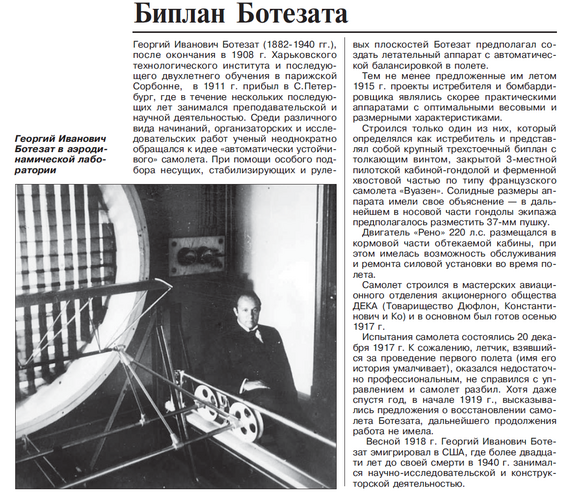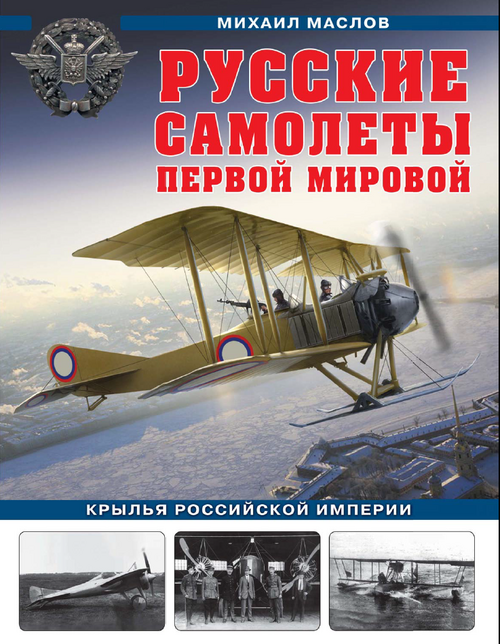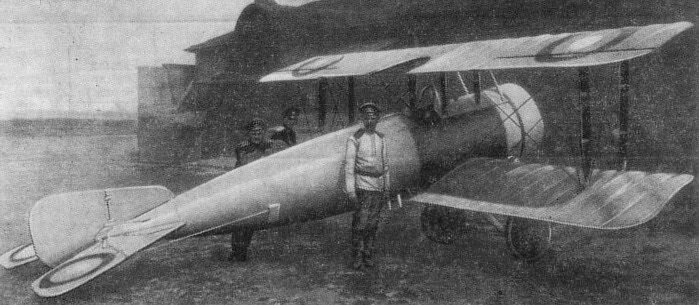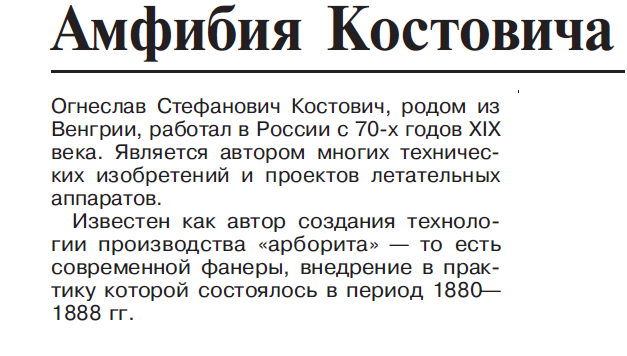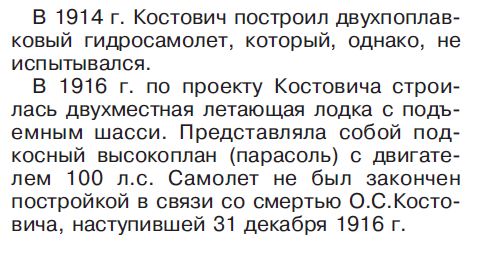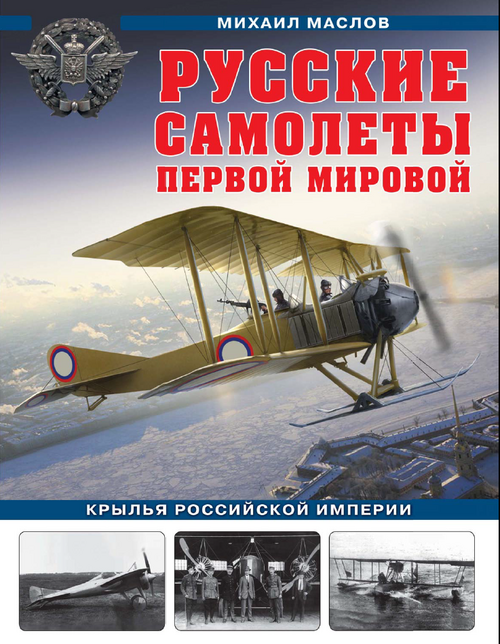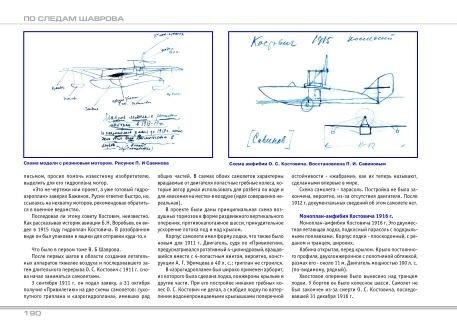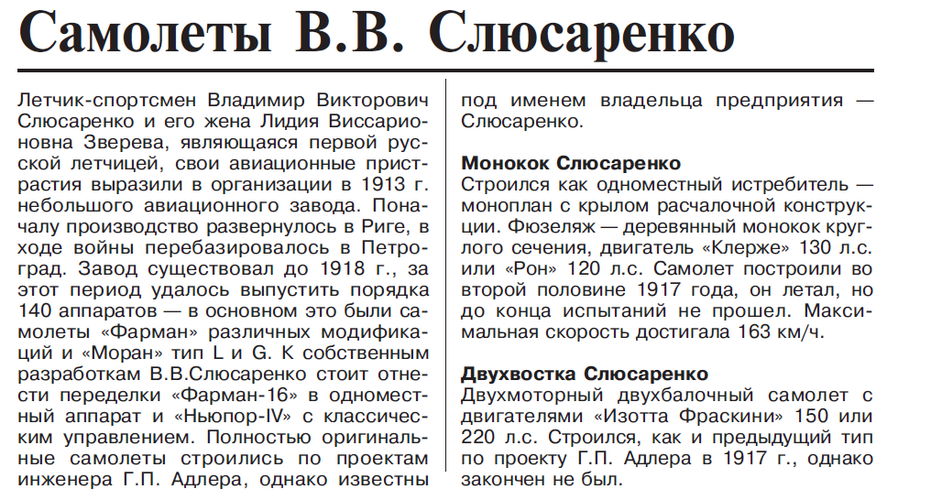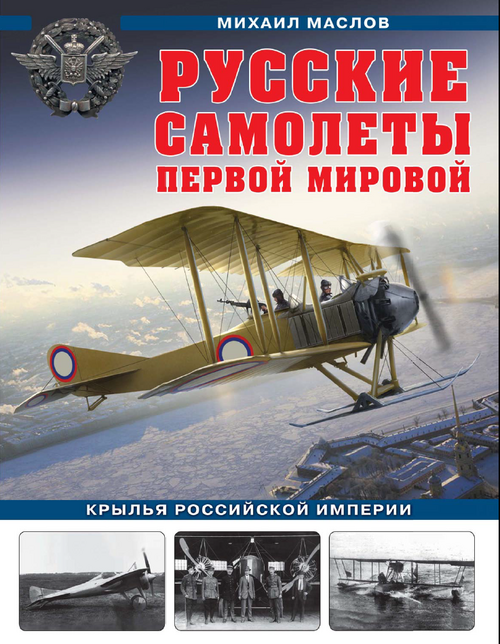Design of a pioneering vertical take-off and landing aircraft. Poland / Russia.
At the turn of May and June 1915,
Wiktor Perłowski submitted a request to the Commander-in-Chief's Staff for assistance in the construction of a flying apparatus. In September 1915, he repeated his offer, this time addressing it to the Tsar of Russia and complaining about the lack of response to his earlier letter. Tsar Nicholas II added a note in the margin to clarify the matter.
The Technical Committee of the Main Military and Technical Directorate (GWTU) determined that the letter from the General Staff with Perłowski's request and a schematic description of the project was received by the GWTU on July 4, and by the Air Navigation Department of the GWTU on July 6, 1915. On September 18, 1915, he requested these materials from the Air Navigation Branch, as they were necessary to evaluate Perłowski's application. The very next day they were found in the Technical Committee, together with a letter from the Commander-in-Chief's Staff regarding Perłowski's design - dated June 14, 1915. It was emphasized there that the design of Perłowski, who personally came in June 1915 to Równe, where the headquarters of the Great Prince Alexander Mikhailovich, at the headquarters of the 4th Army, met with interest, and the Grand Duke asked to listen to the inventor when he reported to the GWTU, emphasizing that the implementation of his idea may be of particular importance for the improvement of multi-engine aircraft.
After this intervention, the procedure for assessing Perlowski's project gained momentum - it was impossible to expect an inventor who had not given any sign of life until then. It no longer mattered that the description of the project prepared by him was insufficient, that Perłowski had previously been counted on to provide additional explanations, that the description did not include drawings, etc. In two days, Lt. Gen. Nil L. Kirpichev, based on the materials at his disposal, prepared a review of Perłowski's proposal. On September 21, 1915, the Technical Committee met.
Perłowski, speaking about the advantages of his flying apparatus, stated that it is capable of vertical take-off and hovering in the air, that its flight speed can vary within a very wide range - from 5 to 150 km/h, and that stability is ensured by a very low center position. gravity. According to Perłowski, the power of its engines will reach 1,177 kW (1,600 HP), and it will be able to stay in the air for 24 hours with a useful load of approximately 24,000 kg.
For a device that Perłowski calls an "aeroplane", the characteristics are impressive. Nil L. Kirpichev assumed that what was characteristic of his apparatus was the ability to change the angle of the wings in relation to the longitudinal axis of the apparatus, and when discussing Perłowski's design, he interpreted it as a proposal for an aircraft with an alternating angle of attack of the wings, with reservations - as far as can be judged from his description.
It cannot be ruled out that Perłowski's device should be interpreted in terms of a convertible plane, characterized by the fact that its supporting planes changed their function depending on the flight conditions - in a climbing flight they worked as a rotor, and in a horizontal flight as a propeller or - if another scheme is adopted. - in horizontal flight, the rotor was stopped and worked as a fixed airfoil, or the rotary device had a supporting rotor and a fixed airfoil, rotated in climbing flight to eliminate drag.
General Kirpichev questioned Perłowski's claims that his apparatus takes off without a take-off roll - vertically or hovers in the air or changes the flight speed within the range specified by the inventor, arguing that for aerodyne the lift force is a function of the flight speed. He pointed out that modern airplanes reach a minimum speed of around 60% of the maximum speed. He considered all the values given by Perłowski regarding the technical and flight characteristics of his flying apparatus to be invented. By converting the data provided by Perłowski, he clearly showed that while the total lifting force of the rotor (thrust on the propellers) will be at most 10,800 daN, their mass will reach 2,160 kg. Adding to this the mass of the engine (3,200 kg with a unit power load of 2 kg/HP and fuel (11,800 kg - assuming its consumption of 0.3 kg per HP and flight hour), the sum of these masses alone will exceed the lift force by over 6,000 kg camera.
Kirpichev recalled these numbers to prove in black and white how unrealistic is Perlovsky's proposal, whose flying apparatus, even if it were built, would never take off.
N.L.'s opinion Kirpichev with the minutes of the meeting of the Technical Committee and the decision to reject Perłowski's request for a subsidy for the implementation of the flying apparatus project on September 28, 1915 were forwarded - along with other materials - to the head of the Tsar's office and to the State Defense Committee, explaining at the same time that the delay in issuing an opinion on the request Perłowski was caused by the fact that GWTU did not receive data sufficient for evaluation, it expected explanations from the inventor, who, however, showed up at the Office contrary to the announcement, and the Commander-in-Chief's Staff did not provide the Military-Technical Directorate of the Army with Perłowski's address.
